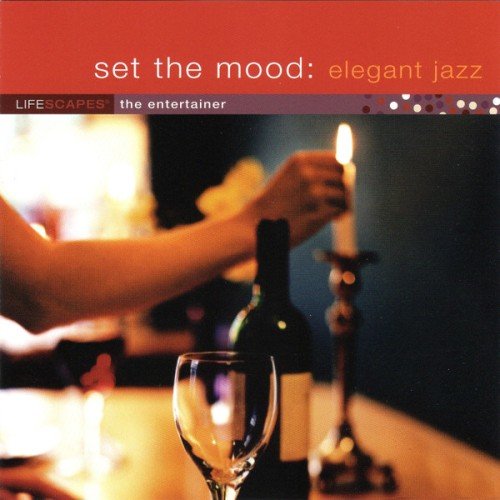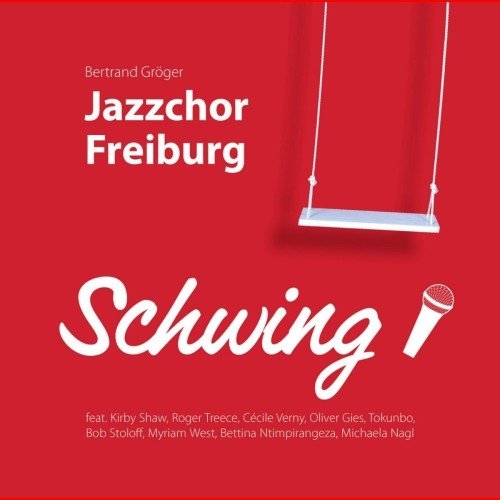Berlin Philharmonic & Sir Simon Rattle - Mahler: Symphony No. 5 (2010) [Hi-Res]
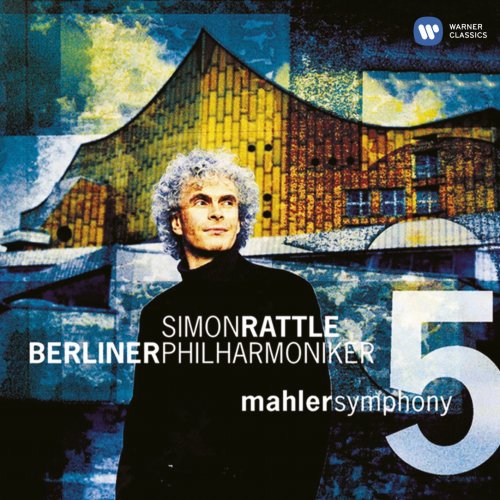
Artist: Berlin Philharmonic, Sir Simon Rattle
Title: Mahler: Symphony No. 5
Year Of Release: 2010
Label: Warner Classics Interna
Genre: Classical
Quality: flac lossless (tracks) / flac 24bits - 44.1kHz
Total Time: 01:09:03
Total Size: 294 / 607 mb
WebSite: Album Preview
TracklistTitle: Mahler: Symphony No. 5
Year Of Release: 2010
Label: Warner Classics Interna
Genre: Classical
Quality: flac lossless (tracks) / flac 24bits - 44.1kHz
Total Time: 01:09:03
Total Size: 294 / 607 mb
WebSite: Album Preview
01. Symphony No. 5 in C-Sharp Minor: I. Trauermarsch (In gemessenen Schritt. Streng. Wie ein Kondukt)
02. Symphony No. 5 in C Sharp Minor: II. Stürmisch bewegt. Mit grosser Vehemenz
03. Symphony No. 5 in C-Sharp Minor: III. Scherzo (Kräftig, nicht zu schnell)
04. Symphony No. 5 in C-Sharp Minor: IV. Adagietto (Sehr langsam)
05. Symphony No. 5 in C-Sharp Minor: V. Rondo-Finale (Allegro)
Mahler called himself a "summer composer," writing most of his music in the countryside he loved during vacations from his duties as director of the Vienna Opera. His Fifth Symphony was composed in 1901 and 1902 in his new summer home at the lovely Carinthian Wörther Lake, just after his marriage to the famous beauty Alma Schindler. His happiness is reflected in the second part of the symphony: a tender, humorous, exhilarating Scherzo, (really a Ländler, that characteristically Austrian rustic waltz), featuring a big horn solo; the famous ardent, glowing Adagietto, which Alma claimed was a love song for her; and an exuberant, joyful, triumphant Finale that quotes one of Mahler's gently ironic songs. The first two movements, however, are exactly the opposite: a heavy, tragic Funeral March introduced by a trumpet fanfare, followed by an outburst of turbulent ferocity interrupted by mournful lamentations. In this live performance, the great Berlin Philharmonic and Simon Rattle play masterfully, with an all-out, no-holds-barred approach. The sound is simply glorious, though the dynamic contrasts tend to be so extreme as to require a finger on the volume control. Rattle brings out each movement's character, going to the emotional edge but never beyond. The Adagietto glows passionately, the second movement has a wild but controlled abandon, the Waltz lilts without becoming vulgar. He gives the music a grand, surging sweep, yet not a detail is lost. His transitions are smooth, and he can change mood, sound, and expression instantly.

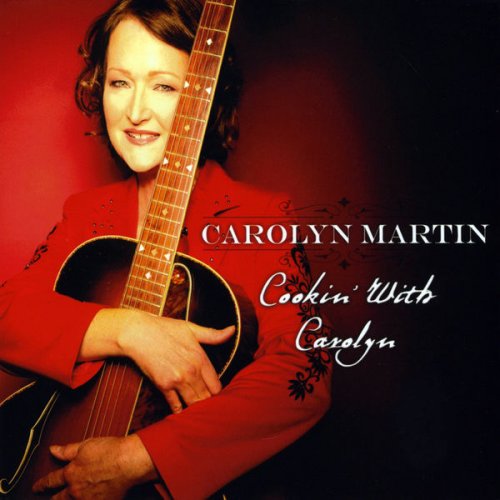
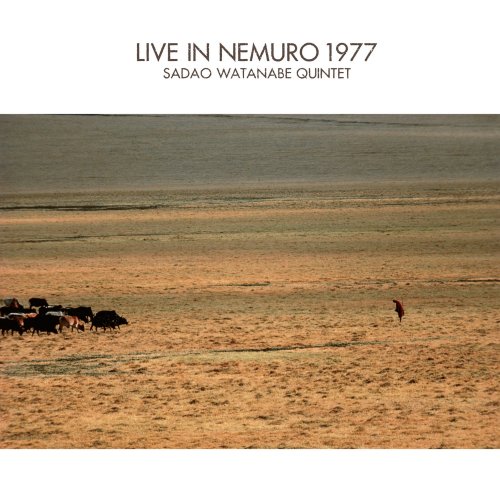
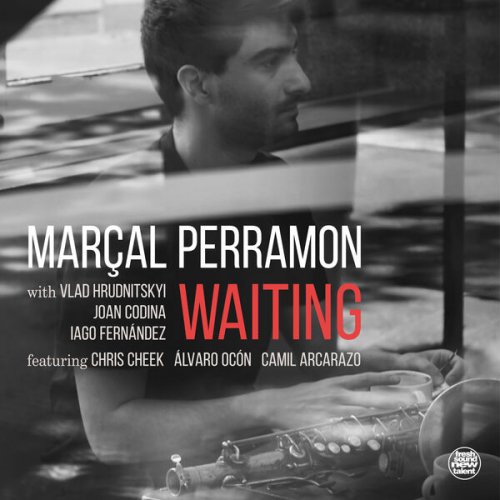
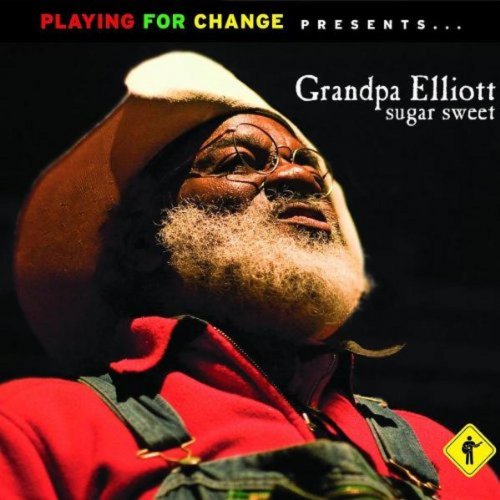
![Nectar Woode - Live at Village Underground (Live At Village Underground) (2025) [Hi-Res] Nectar Woode - Live at Village Underground (Live At Village Underground) (2025) [Hi-Res]](https://img.israbox.com/img/2025-12/15/eiazyx7yigt2lhbv1tcd3eos6.jpg)
